
Apr 6, 2021 | Events, International Youth Policy, Peace Education, Regional Youth Policy, Resources, Toolkits for Youth, Toolkits to Inform Policy, Uncategorized
Mobile Arts for Peace is a hub for resources and toolkits relating to arts-led peacebuilding initiatives. MAP’s website features recommendations for practitioners and researchers. The contents are the sole responsibility of The Office of the special representative of the secretary-general on violence against children
“We are in the midst of a new era of child engagement, where children are to be considered partners and key players in achieving change. Children are acting against violence and being part of the solution everywhere, taking forward positive change, working as partners with adults and young people.
As part of the mandate’s goal to promote meaningful participation, amplify children’s voices and actions and leave no one behind, the Special Representative took forward a mapping exercise to understand how children are taking part in today’s world, contributing with their views and solutions, and being agents of positive change.
Between April and November 2020, 245 case studies from 86 countries3 were reviewed,4 and in-depth dialogues were taken forward with 36 organizations working at global, regional, or country level.5 Additionally, through UNICEF’s U-Report, almost 5000 children from all geographical regions aged 13 – 18 were polled regarding their experiences regarding COVID-19.
This report provides an overview of the different actions taken forward by children mostly in times of COVID-19, but not limited to it. It looks at children’s diverse roles when helping to prevent, address, and report violence (including supporting their peers); it helps to understand how children are contributing and being part of the solutions when thinking about building back better, and how children are helping accelerate fulfillment of the Sustainable Development Goals (SDGs).
It showcases how children are collaborating with adults and with decision makers, and how children are proving to be agents of change. The report also addresses the many challenges organizations and children have faced in times of COVID-19, including those posed by digital channels when taking forward participation, reaching the hardest to reach, and having regular communication with children disrupted.”
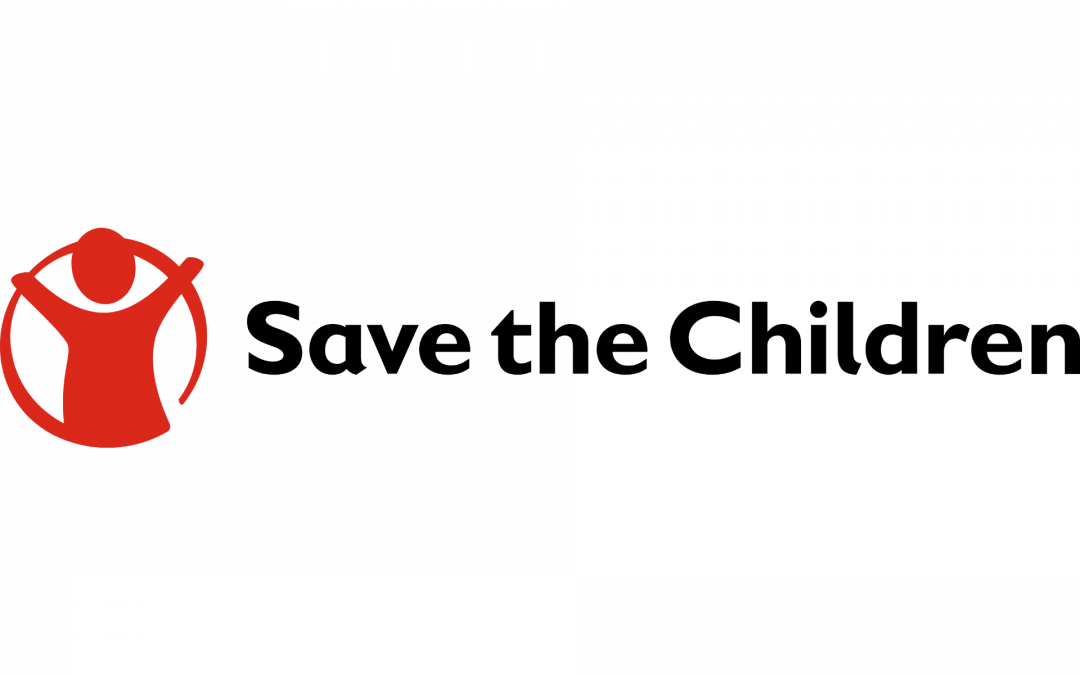
Feb 9, 2021 | Events, International Youth Policy, Regional Youth Policy, Resources, Toolkits for Youth, Toolkits to Inform Policy, Uncategorized
Mobile Arts for Peace is a hub for resources and toolkits relating to arts-led peacebuilding initiatives. MAP’s website features recommendations for practitioners and researchers. The contents are the sole responsibility of Save the Children.
Monitoring and evaluation (M&E) is a key part of realising Save the Children‟s theory of change and common values and strategies, inherent in the child rights programming (CRP) framework. The principles, rights and obligations set out in the United Nations Convention on the Rights of the Child
1989 (UNCRC)1 provide a fundamental framework for the work we carry out with children and young people around the world. All of Save the Children‟s programme and advocacy work should aim to address violations of children‟s rights and gaps in service provision, as well as supporting children as
rights-holders and helping states, as duty-bearers, to meet their obligations. Our vision, mission, values and theory of change 2 reinforce this. It is vital that we clearly articulate, demonstrate and document the outcomes of our work for girls and boys and their carers.
Nepal MAP
Save the Children Evaluation Handbook
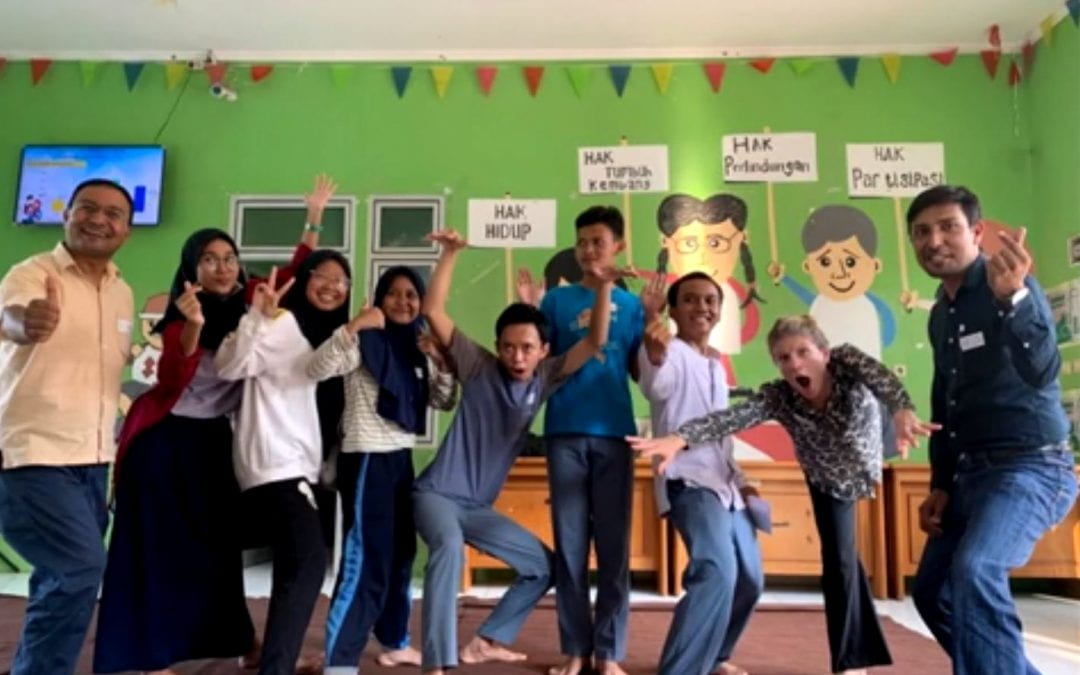
Nov 6, 2020 | Regional Youth Policy, Toolkits for Youth, Uncategorized
In December 2019, MAP Co-Investigators undertook a four-day scoping visit to Jakarta, Indonesia, to explore how varied arts-based approaches have been and can be used to create dialogue and to explore the synergies between MAP and the aims and objectives of related peacebuilding projects. The scoping visit was organized to allow MAP Co-Is to explore the various political, social and cultural contexts within which arts-based approaches to peacebuilding operate within Jakarta. This would support MAP in learning about the needs and deeply held values that exist in communities in Jakarta and hearing about existing work led by young people, teachers and policymakers.
Mobile Arts for Peace (MAP) Scoping Visit in Indonesia took place from 10 to 13 December 2019 in Jakarta. Five MAP team members came from United Kingdom, Kyrgyzstan, Rwanda, and Nepal. Professor Ananda Breed as Principal Investigator (PI), as well as four co-Investigators (Co-Is) – Tazhykan Shabdanova, Sylvestre Nzahabwanayo, Bishnu Khatri and Rajib Timalsina – were hosted by Atma Jaya Catholic University of Indonesia (AJCUI). The co-Investigator from Indonesia, Harla Octarra, along with local partner organizations Lembaga Perlindungan Anak (LPA) and Yayasan Anak Budaya Indonesia (YABI) organized the events. The UNESCO office Jakarta also supported the Scoping Visit by hosting a half-day symposium that listened to presentations and discussions led by UNESCO Youth and Sport Task Force Team and local organizations working with young people.
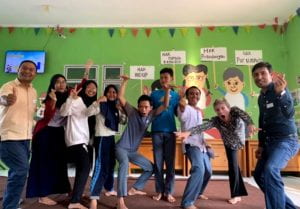
https://www.youtube.com/watch?v=esMvLDZvuYI
The scoping visit was organized according to the following schedule:
Scoping Visit Activities
Day One, 10 December 2019
Consultation meeting: MAP Network Plus team, Faculty of Psychology – AJCUI, Child Protection Agency in Jakarta or LPA, and the Children of Indonesian Nation Foundation or YABI.
MAP Network Plus team held discussions with POs and Faculty of Psychology staff from the above organisations about their dedicated work with street children and children victims of abuse.[1] Before considering whether the existing MAP approach had the appropriate toolkit for developing art-based approaches which would assist and support vulnerable communities in this area, this discussion aimed to explore existing work and services which support street children and youth. More specifically, MAP sought to complement and address current gaps in toolkits that care workers/tutors use when engaging with street connected youth.
[1] Children refers to anyone below the age of 18.
Betawi culture exposure by the river of Ciliwung, East Jakarta
In the afternoon, the MAP team went to the Condet area in the eastern part of Jakarta, by the Ciliwung river, where they met with a community which works to provide space for local people, especially young people seeking to preserve nature and explore creative arts while at the same time preserving Betawi cultural forms. The community is called Padepokan Ciliwung Condet. The afternoon visit gave the MAP team a clear insight into how local community-based organization works to promote traditional arts while protecting the environment. The Head of the Padepokan, Bang Lantur, shared a key idea about encouraging more people to see and learn about the socio-historical context of Ciliwung river and its importance to preserving the local culture. Bang Lantur says that ‘habit makes custom and custom makes culture’. He believes that keeping the natural environment clean is part of preserving heritage. The MAP team learnt that revitalizing traditional art-forms (i.e. Betawi culture) can be done alongside preserving nature and heritage. This effort, which involves producing and selling traditional snacks and handmade souvenirs among others, can empower the economy of Betawi people.
Day Two, 11 December 2019
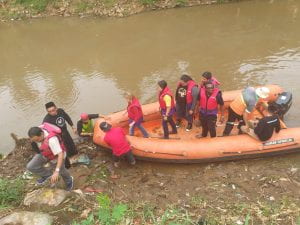
Cultural Workshop: The second day of the scoping visit was a showcase on the use of cultural forms as peace-building approaches and how the forms were being used for dialogic purposes among children and youth in Indonesia. This was a valuable opportunity for the MAP team to develop relationships with local level actors and CSOs.
The day began with two short presentations on experiences of using arts and creative educational activities to promote peace in out-of-school setting (Sanggar Anak Akar) and in-school setting (Wahid Foundation). The Wahid Foundation talked about concepts and indicators of their peace-schools program. The program engages students and teachers in five areas: integration of schools’ programs, management of school’s environment, management of learning activities, creation of a working group, and early detection system of intolerance and radicalism. Sanggar Anak Akar, a member of Koalisi Seni Indonesia (Indonesian Art Coalition), introduced their educational approach as Humanist Education through Arts. The approach positions children/young people, mostly those who have lived or spent time on the street, in various roles as the teller, photographer, and observers of their own realities or shared realities – all of which they would then communicate through arts forms, such as music, theatre and photography.
The MAP team developed a series of observations from this workshop, including:
- Different local art forms, such astheatre games, as facilitated by Kalanari Theatre Movement; traditional marching dance (Soreng Dance) by Tlatah Bocah; and storytelling as facilitated by YABI, are valuable in two ways: 1) these forms are used for telling stories from the margin; 2) the art forms are able to encourage audiences think and act creatively, even with strangers.
- Because cultural variations in Indonesia are significant, the art forms would very much depend on the local art/traditions where MAP is going to be introduced. Engaging with the schools and local artists/historians is key in the assessment stage. In general, dancing and music as part of ceremonial acts are common throughout the country. At the same time, there are certain groups who consider traditions/cultural practices are against religious teachings. Members of a local community in East Jakarta highlighted to the MAP team that this is one of the key challenges for young people to engage in arts-based practices.
- For the out-of-school children, street art forms such as music (self-made) are prominent, and also based on experience. They are open to exploring techniques in which they not only could share personal stories, but also learn leadership and teamwork skills. Examples of what had been done include theatre performance by child victims of sexual exploitation depicting their stories in front of local government officials.
Day Three, 12 December 2019
Symposium at UNESCO
Day Three featured a UNESCO symposium which included presentations from a young person who was a member of UNESCO Youth and Sport Task Force Team. This presenter shared their experiences of taking part in the initiative to promote confidence and anti-bullying. Kampus Diakoneia Modern (KDM), an organization working to deliver shelter and alternative education to street connected young people in Jakarta presented their study from 2015 on the same topic. The symposium closed with an impromptu sharing from Ganara Art, a member of Koalisi Seni Indonesia (Indonesian Art Coalition), who initiated Mari Berbagi Seni, an art sharing movement that has taught creative art education programs to more than 11,000 children and teachers throughout Jakarta and other cities in Indonesia. The symposium spotlighted young people’s role in peacebuilding activities while also informing about challenges of radicalization among Indonesian youth.
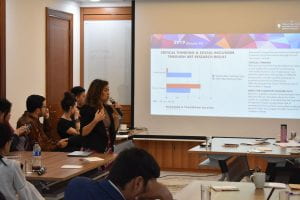
Day Four, 13 December 2019
Visit to RPTRA (child friendly integrated public space) in East Jakarta (Cipinang Besar Utara); Informal meeting with street connected youth.
On the final day of the Scoping Visit, the MAP team visited 1 RPTRA (child friendly integrated public space) in East Jakarta. At the RPTRA, the team were welcomed by the chief of the urban village and local community members and leaders, caretakers of the space and local government officials. The RPTRA team presented the facility and highlighted that the space is open 7 days a week, free of charge, and local community members have been using the space for various gatherings, including for Forum Anak (Children’s Forum) to hold their regular meetings. A Children’s Forum is a forum of young people, commonly aged between 12 and 17-years-old, to realize meaningful participation through the promotion of children’s rights and participation in government sponsored community/national development planning. The MAP team met and consulted with local community members and leaders, tutors/caretaker of the space, and local government officials about issues that young people faced and their engagement with arts. The MAP team found that, through children’s forum and street connected youth, MAP ideas can help direct the use of street art forms (e.g. self-made music) for channeling their stories/advocating issues.
The Scoping Visit enabled exchanges of views and sharing of experience among stakeholders working to address global challenges and promote peace among children and youth within informal and formal educational contexts. The activities shed light on cultural diversities, and potentials of different arts forms to be used as dialogue for peacebuilding. In all of the initiatives exemplified during the visit, there is a cautionary note on exclusions of marginalized young people. Lastly, the visit drew insights from stakeholders’ shared views and experiences in order to assess pathways to impact for implementing MAP in Indonesia.
Sep 8, 2019 | Regional Youth Policy, Resources
The Ibero-American Convention on the Rights of Youth was signed in 2005 in the Spanish city of Badajoz, and came into force on 1 March 2008. It applies to those States that have ratified it, and is limited to the Ibero-American region, which also includes Spain, Portugal, and Andorra in Europe.
Sep 8, 2019 | Regional Youth Policy, Resources
The European Youth Forum promotes a rights-based approach to youth policy and has for many years promoted better access of young people to their rights. This policy paper aims at drawing the institutional framework, setting the basic principles and drafting the future European Youth Forum advocacy actions in the field of Youth Rights.
We also recommend you explore the European Youth Forum’s extensive range of publications here: https://youthforum.org
Sep 8, 2019 | Regional Youth Policy, Resources
The African Union Constitutive Act and the African Union Commission strategic plan 2004-2007 give due priority to youth development and empowerment. They underscore the importance of youth participation and involvement in the development of the continent. Indeed, Africa’s renaissance cannot be realized if adequate investment is not made in the youth who constitute about 40 percent of the African population. To give substance to this commitment to the development of African youth, the AU has since developed a policy framework in the form of the African Youth Charter, which prescribes responsibilities to Member States for the development of youth. The Summit of Heads of State and Government adopted this Charter at their Summit in Banjul in July 2006.

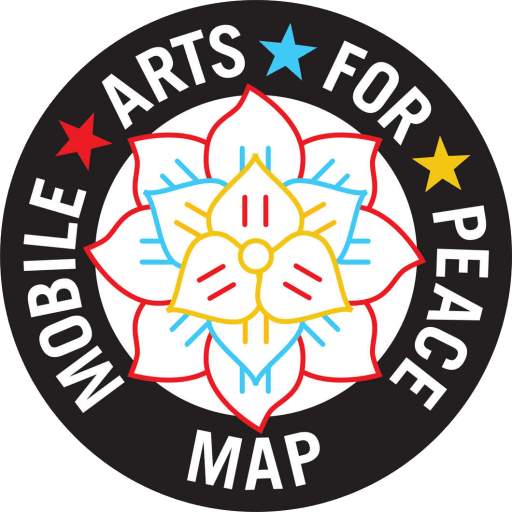
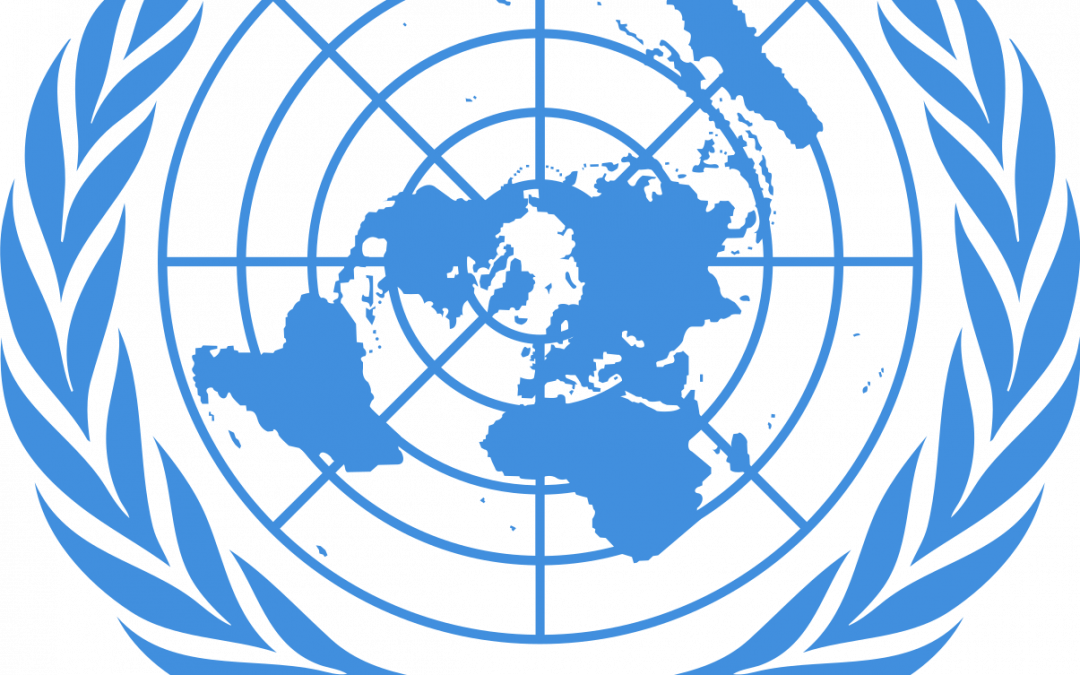

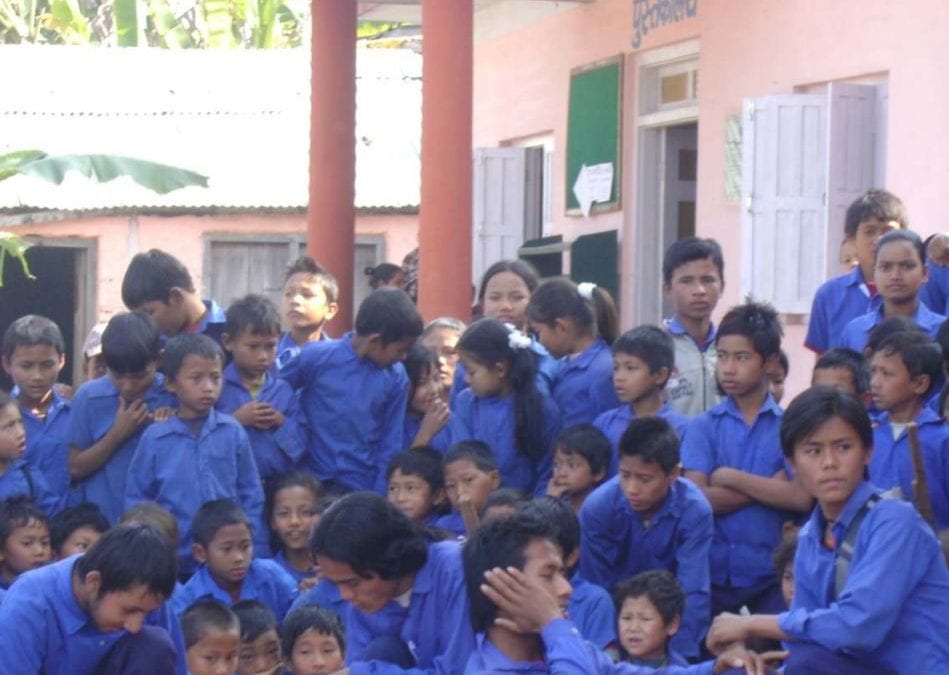





Recent Comments